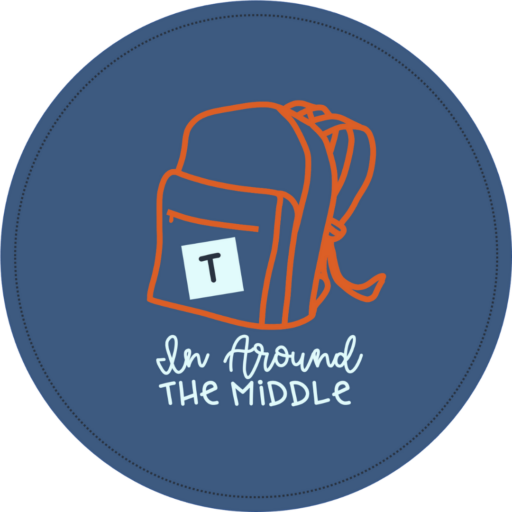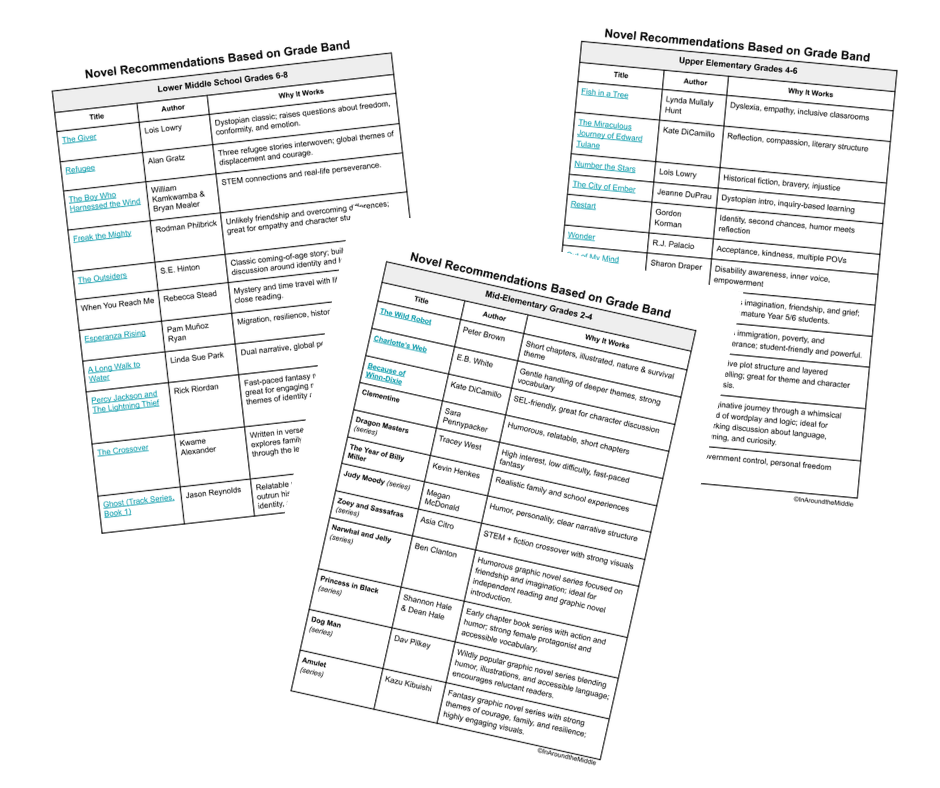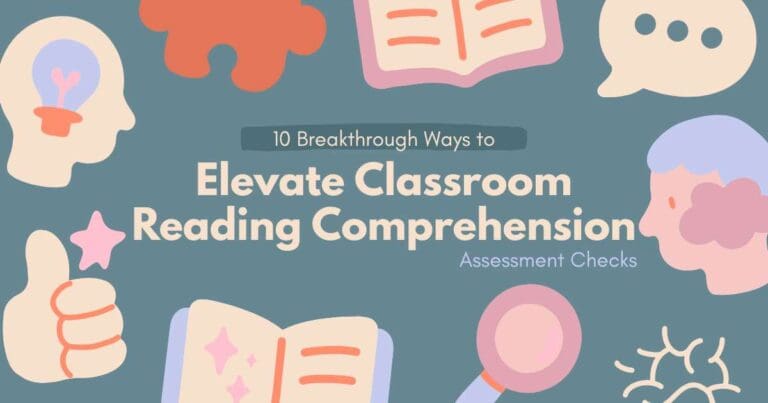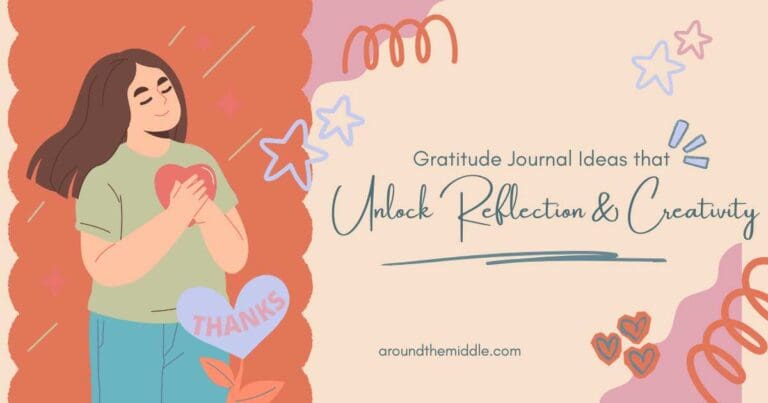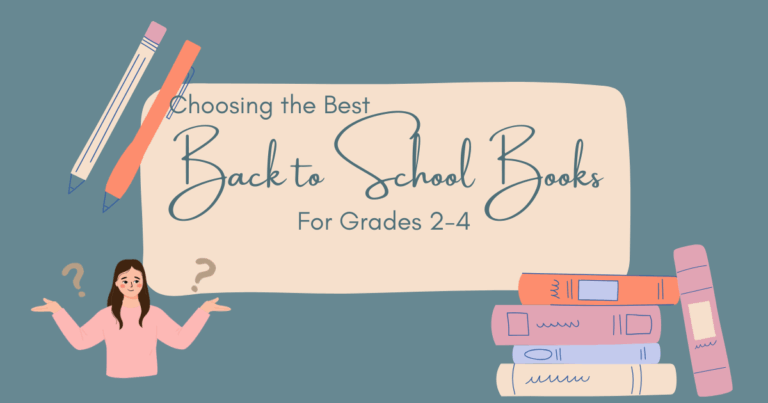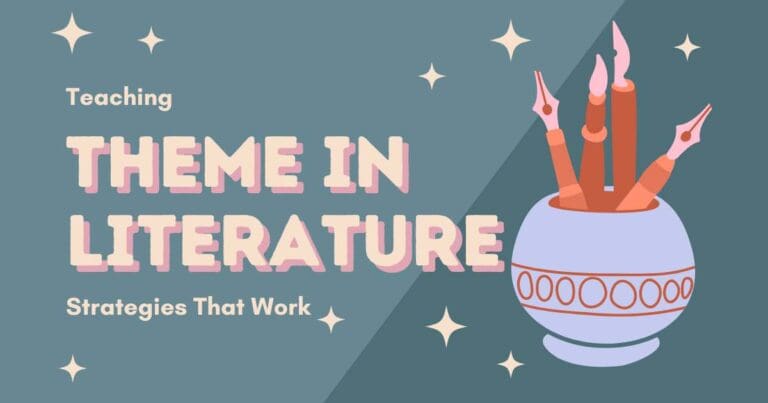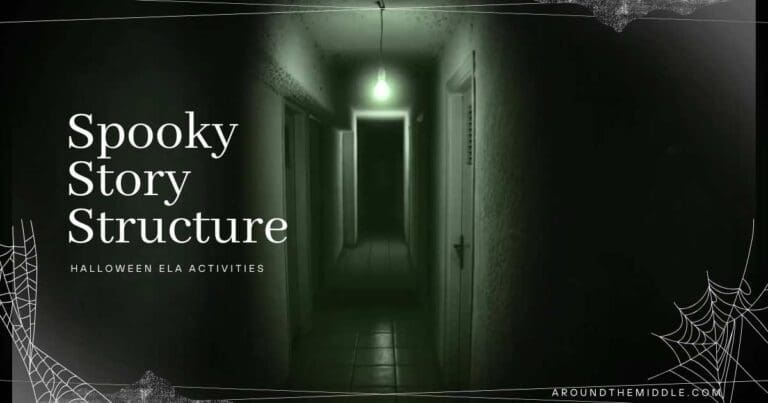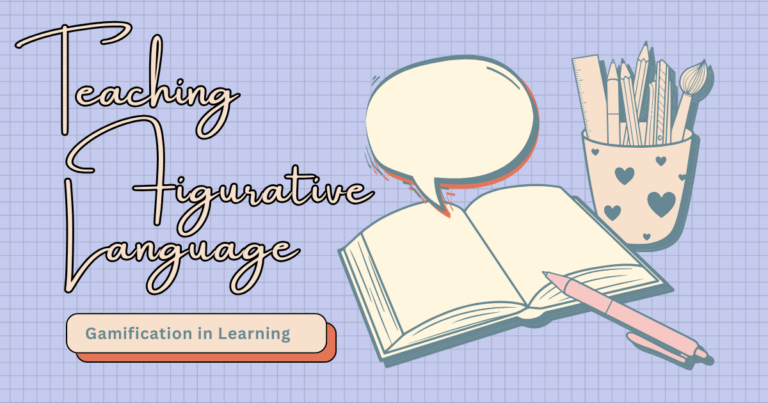Back to School Books That Spark Real Thinking: Powerful Reads for Grades 6–8
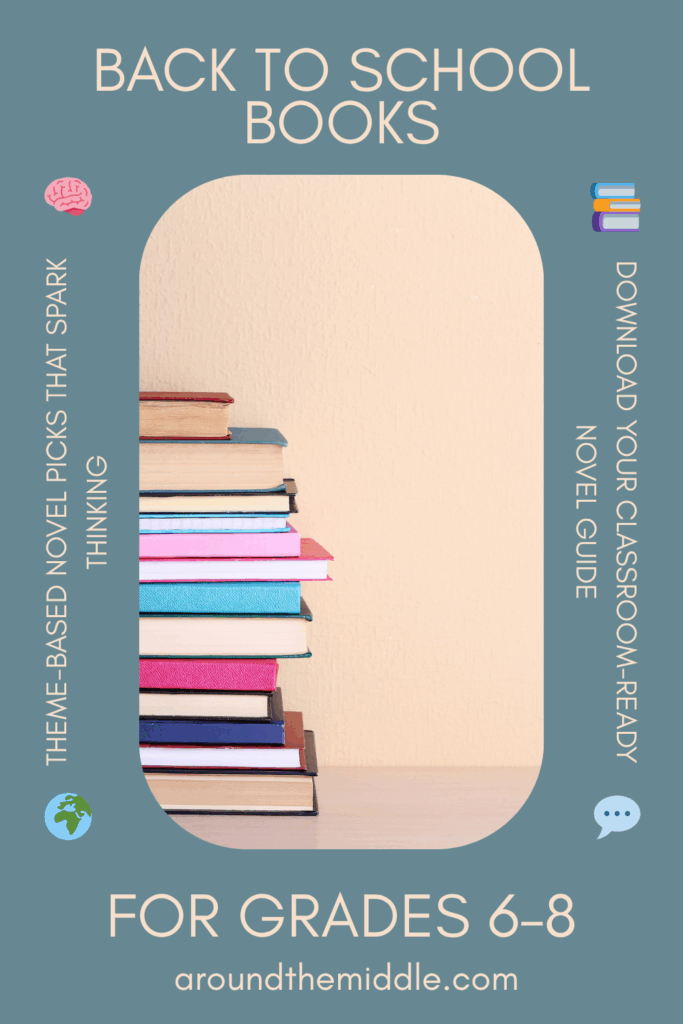
Choosing the right novel to kick off the school year in Grades 6–8 is about more than finding back to school books students will enjoy — it’s about setting a tone for thinking, discussion, and connection. Middle school readers are navigating big changes in identity, independence, and how they see the world. The stories you start with can help them feel seen, challenge their thinking, and lay the foundation for the kind of classroom community you want to build. In this post, you’ll find a curated list of back to school books grouped by theme — with titles that spark meaningful conversations, introduce essential reading skills, and meet the needs of diverse learners across middle school.
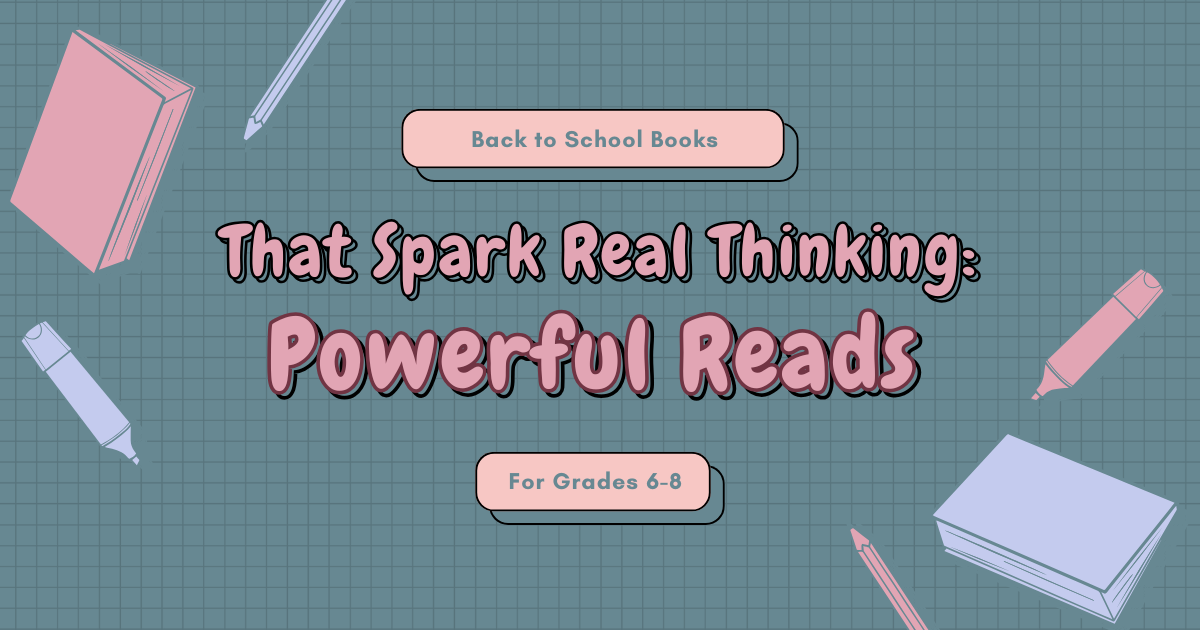
Starting Strong with Stories That Stick – back to school books
Why your first novel choice matters more than ever
Middle school students crave relevance, agency, and challenge. Your first whole-class novel should model how to tackle deeper texts, launch discussion, and build community. The right book sets the tone for respectful dialogue, literary analysis, and the idea that stories matter.
Themes That Resonate with Tweens and Teens
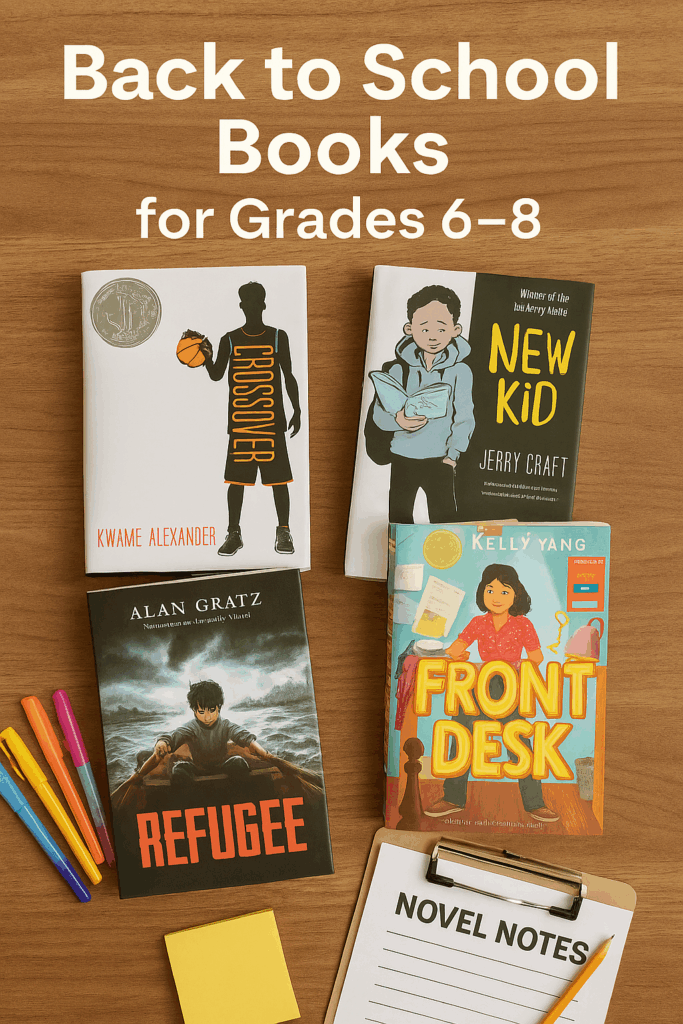
Grouped novel suggestions by theme
Choosing novels around a variety of themes gives students multiple entry points into reading and reflection. Some themes help students explore who they are becoming, while others stretch their thinking about the world beyond their own experience. By offering a balance — personal and global, emotional and intellectual — you create space for all learners to find relevance and build empathy. Use these back to school books to hook readers around big ideas they care about:
💡 Identity & Belonging
- The Crossover by Kwame Alexander (verse novel; family, sports, self-expression)
- New Kid by Jerry Craft (graphic novel; race, fitting in, middle school transitions)
- Front Desk by Kelly Yang (immigrant experience, resilience, finding voice)
⚖️ Justice & Fairness
- Ghost Boys by Jewell Parker Rhodes (racial injustice, perspective)
- Refugee by Alan Gratz (war, displacement, courage)
- The Breadwinner by Deborah Ellis (gender roles, survival, global awareness)
🧠 Growth & Mindset
- Fish in a Tree by Lynda Mullaly Hunt (dyslexia, learning differences, strengths)
- Stargirl by Jerry Spinelli (non-conformity, courage, emotional growth)
- The Wild Robot by Peter Brown (isolation, learning, adaptation)
🕵️ Curiosity, Logic & Mystery
- The Westing Game by Ellen Raskin (puzzle mystery, satire, clever structure)
- When You Reach Me by Rebecca Stead (sci-fi twist, friendships, independence)
- The Mysterious Benedict Society by Trenton Lee Stewart (teamwork, intelligence, secrets)
From Discussion to Deep Thinking with Back to School Books
Choose back to school books that offer more than just a good story
Middle school students are ready to think deeply. The best back to school books for Grades 6–8 include layers — not just what happens, but why it matters. Look for stories that explore characters’ choices, meaningful themes, and how the author uses language or structure on purpose. Books with difficult decisions or different points of view give students the chance to ask big questions and build strong discussion skills — while also preparing them for tougher reading tasks later in the year.
Classroom strategies like hexagonal thinking activities and novel-themed debates are excellent ways to help students explore connections, defend their ideas with evidence, and consider multiple perspectives. These tasks turn passive reading into active, engaged thinking — and lay the groundwork for high-level comprehension.
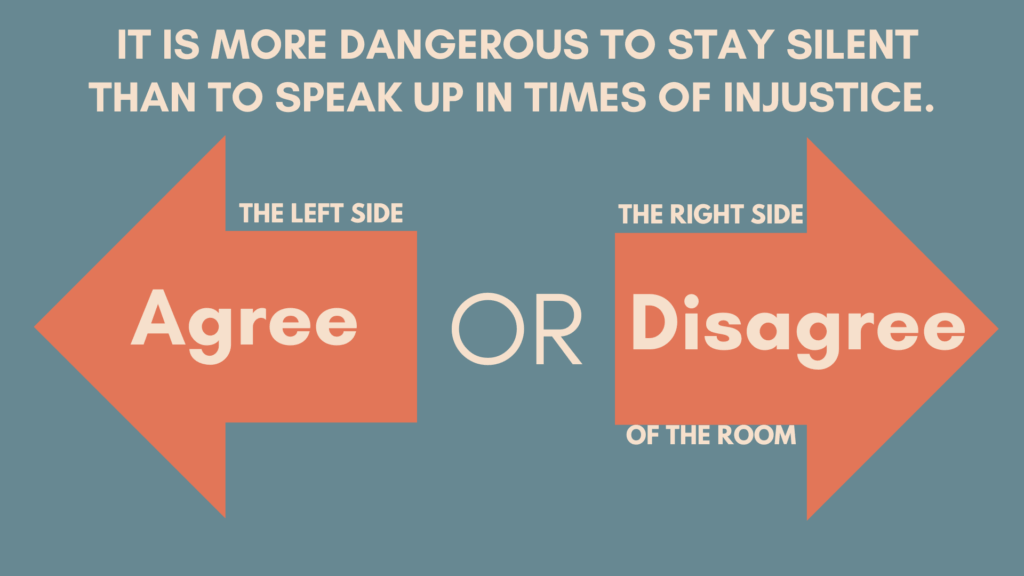
Representation Matters More Than Ever
For example:
- New Kid by Jerry Craft explores race, code-switching, and the experience of being the only one in the room — through a relatable, funny graphic novel format.
- Piecing Me Together by Renée Watson centers on race, class, and opportunity through the eyes of a Black teen navigating a mostly white private school.
- Other Words for Home by Jasmine Warga gives voice to a Syrian refugee’s experience of identity and belonging in a new country.
- El Deafo by Cece Bell offers a humorous, honest look at growing up with a hearing aid — showing disability as just one part of a full, dynamic character.
When students see themselves in stories — or walk alongside characters with different lived experiences — they grow as readers and as people.
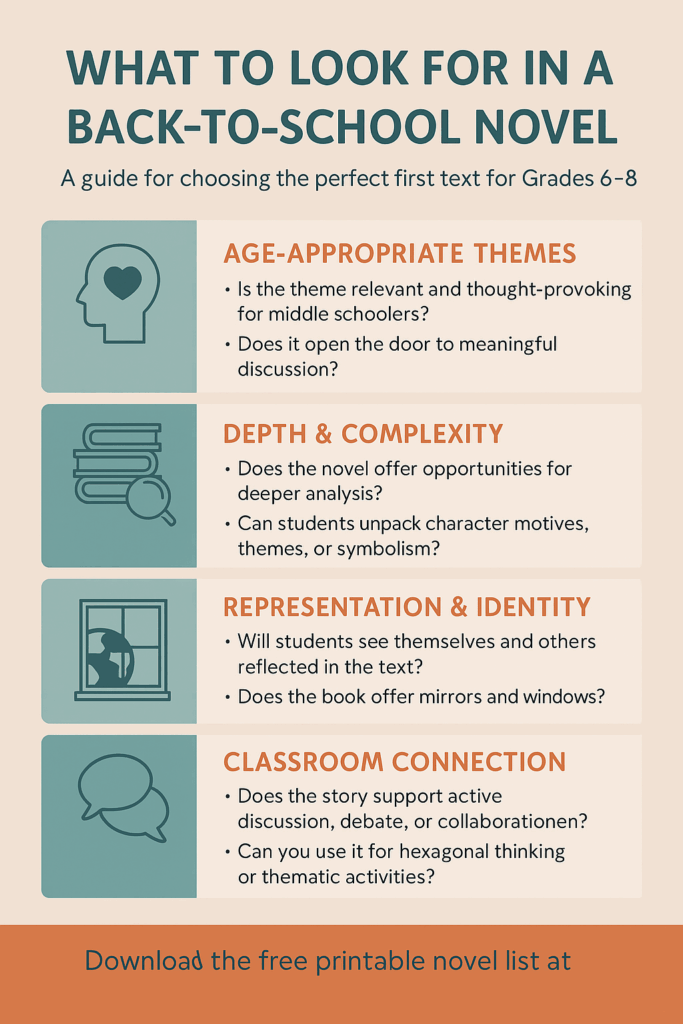
Prioritize mirrors, windows, and sliding glass doors
Middle school is a time when students are actively forming their identities — and looking for stories that reflect, challenge, or expand how they see themselves and others. Choosing novels that offer both mirrors (stories that reflect a student’s own experience) and windows (stories that show lives different from their own) is essential for building an inclusive classroom culture from the start. These back to school books help students feel valued, reduce bias, and spark conversations that matter.
Structure Your Year with Purpose
Don’t just pick a book — plan your arc
Your first novel is just the beginning. Think of it as a launchpad for the year’s bigger goals: building reading stamina, introducing literary analysis, creating discussion norms, and fostering independence. Consider how your initial novel choice can lay the groundwork for what’s to come — whether that’s deeper themes, longer texts, or more student-driven projects.
Some teachers begin with an accessible, high-interest text like The Crossover by Kwame Alexander or Restart by Gordon Korman to build confidence and classroom culture, then shift to more layered or experimental texts later in the term. Others intentionally map out thematic arcs — for example, starting with Fish in a Tree to explore identity and learning differences, then moving into Refugee for global citizenship and empathy.
You might also use your first novel to introduce core reading strategies you’ll return to all year: citing textual evidence, analyzing character development, or tracking theme. Strategic planning now sets you (and your students) up for smoother, more cohesive instruction throughout the year.
Final Thought: Your First Novel Is a Statement
When you hand a student their first book of the year, you’re not just assigning a task — you’re telling them, “This is the kind of reader you can become here.” Choose a novel that challenges, reflects, and respects them.
Looking for even more recommendations? Grab the free list of best classroom novels by grade band.
Be sure to check out my TPT store for engaging movement-based novel activities perfect for grades 4-6!
Teaching a different grade band? Part 1 of this series covers Grades 2–4, and Part 2 of this series covers Grades 4-6, with developmentally appropriate strategies and book picks to help you start the year strong.
Happy teaching
